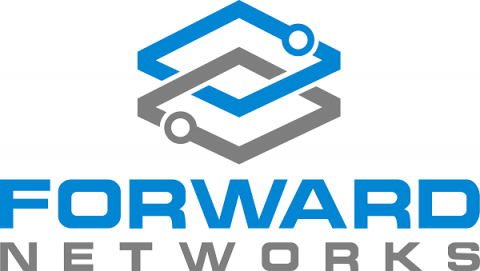The Aftermath of the Kaspersky Ban
In the spring of 2024, amid growing international concern about supply chain risk and the trust and reliability of technology suppliers, the United States banned Kaspersky Lab, Inc., the Russia-based antivirus company from providing its products to the US market. The ban went into effect on September 30, 2024. What impact has the ban had on US and global usage of Kaspersky? Has it been effective? A new analysis from Bitsight contains some surprising results.











